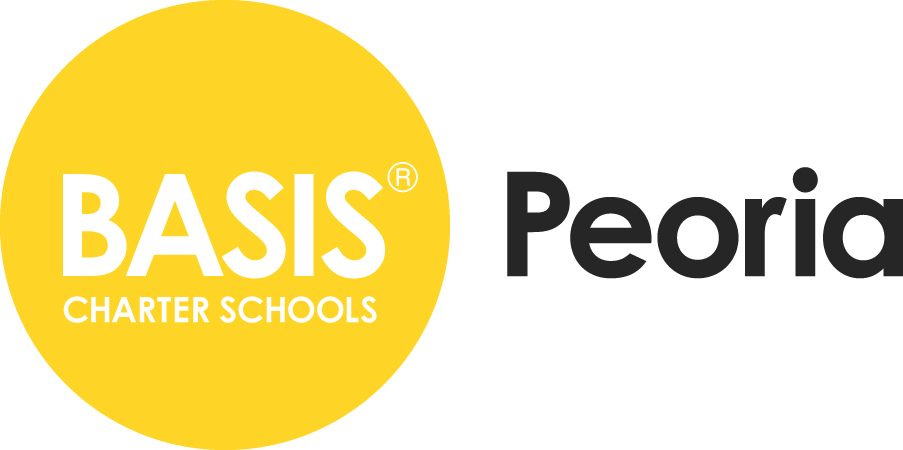Muscles Used In Tap – Post #7
Maleah P -
This week, I decided to branch out from the slower tempo classes and jazz-based classes like Musical Theater. Tap is a whole different style of dance that fits into its own separate category of dance styles. Tap involves a lot more footwork, and based on my initial hypothesis, I hypothesize that tap dancers use a lot more lower leg and foot muscles. I did the same observations as the other dance styles, and since tap is very feet-focused, there was slightly more precise muscle movement.
Some popular tap dance moves include ball changes, shuffles, scuffs, and flaps. Each of these dance moves focuses on the feet, but they’re all very unique.
Ball changes mainly use the gastrocnemius and soleus or calf muscles, the tibialis anterior, the quadriceps, and the hamstrings. When doing a ball change, the dancer shifts their weight between one foot and the other while slowly picking up their feet to change their weight distribution.
Shuffles in tap dance primarily use the quadriceps, the hamstrings, and the calves. They also incorporate almost all of the foot and ankle muscles, including the tibialis anterior, gastrocnemius, soleus, and tibialis posterior. Shuffles require the dancer to completely lift their legs up when performed, and they engage more of the upper leg muscles than most tap moves.
Scuffs use many of the foot muscles, including the gastrocnemius and soleus for plantarflexion, and the tibialis anterior, fibularis tertius, and more for dorsiflexion. To perform a scuff, the dancer needs to brush their feet against the floor swiftly, creating the tapping sound that makes tap so unique.
Using these observations, my hypothesis seems to be supported that the majority of tap dancers do not overly engage their upper body muscles, and tap dance moves mainly require leg and foot muscles. However, it does slightly refute my hypothesis of it being more lower leg muscles. Tap dance engages nearly all of the leg muscles.
